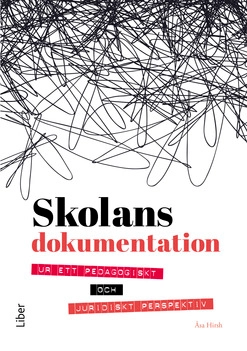The authoritative text for introductory microbiology, Brock Biology of Microorganisms continues its long tradition of impeccable scholarship, accuracy, and outstanding illustrations and photos. This book for biology, microbiology, and other science majors balances the most current science coverage with the concepts essential for understanding the field of microbiology. Now reorganized for greater flexibility and updated with findings from new research, the Twelfth Edition speaks to today’s students while maintaining the depth and precision science majors need.
In the last 100 years a combination of traditional and molecular methods have forged microbiology into a premier experimental science. Moreover, the link between discovery and application in the field of microbiology, a classic example of which is depicted on the front cover of this book, has deep roots and becomes stronger all the time. One of the giants of early microbiology was the Dutchman, Martinus Beijerinck. Beijerinck is credited with many original discoveries in microbiology, especially in the area of enrichment and isolation of soil bacteria. Shown on the front cover is a page from Beijerinck's laboratory notebook dated June 9, 1887. On this page he made detailed notes and drawings about the bacteria that he cultured from the root nodules of leguminous plants-bacteria that were later discovered to fix atmospheric nitrogen and convert it into a form usable by the plant. Modern agriculture has exploited microbial nitrogen fixation by root nodule bacteria for the large-scale cultivation of nitrogen-fixing crops like peas and soybeans. The paintings of bacterial cells that overlay the notebook page, done in large format by Beijerinck's sister, Henriëtte, were Beijerinck's way of illustrating his microscopic observations during his lectures in an era long before slide projectors and computer presentations.
Åtkomstkoder och digitalt tilläggsmaterial garanteras inte med begagnade böcker





















